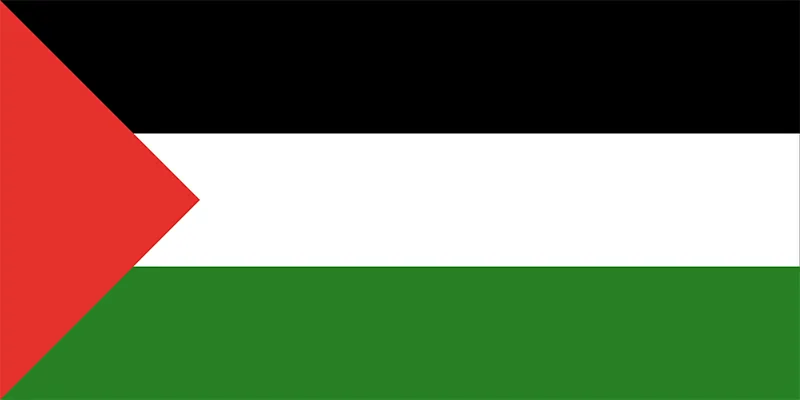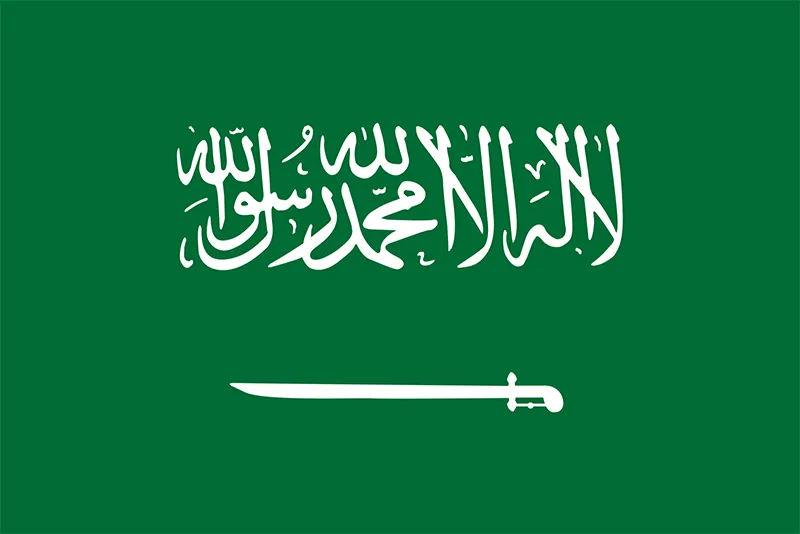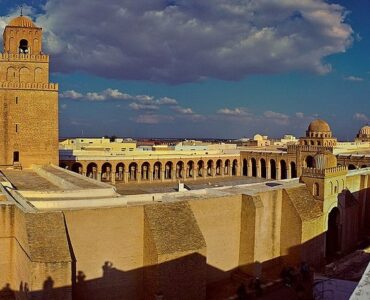This rock is believed to be the place from where the Prophet Muhammed (ﷺ) ascended to heaven (mi’raj) during his night journey to Jerusalem. It is the opinion of some scholars that the angel Israfeel (عليه السلام) will blow the soor (trumpet) from this place to herald the Day of Judgement.
- The rock was most likely the Qiblah (direction towards where Muslims pray) before the change to the Ka’bah in Makkah. It measures approximately 18 meters in length by 8 meters width.
- When the Crusaders took over the site they covered the Rock with a marble facing to make an alter and choir, and the interior Quranic inscriptions were covered with Latin texts, all aimed to blot out Muslim presence. Salahuddin Ayyubi had the building restored after the Muslims reconquered it.


- Jews and Christians believe this is the place where the Prophet Ebrahim (عليه السلام) was prepared to sacrifice his son Ishaq (عليه السلام) after seeing a dream indicating for him to do so. This is a fundamental difference to the Muslim belief that it was actually his elder son Ismail (عليه السلام) who he was prepared to sacrifice and that this happened in Mina, Saudi Arabia.


- Inside the Dome, the major Quranic inscription over the arches of the inner arcade is addressed to the “Followers of the Gospel”, i.e. Christians, denying the shocking notion that God had sired a son. It warns them against inaccurate and dangerous statements about God (in Surah An-Nisa):
“O People of the Scripture! Do not exaggerate in your religion nor utter aught concerning Allah save the truth. The Messiah, Jesus son of Mary, was only a Messenger of Allah, and His word which He conveyed unto Mary, and a spirit from Him. So believe in Allah and His messengers, and say not “Three” – Cease! (it is) better for you! – Allah is only One God. Far is it removed from His transcendent majesty that he should have a son. His is all that is in the heavens and all that is in the earth. And Allah is sufficient as Defender.” [4:171]
- Many of the mosaic decorations are originally from the time the Dome of the Rock was first built, such as in the photo below. Surah Ikhlas can be seen inscribed at the top.


Characteristics of the interior:
- There are eight main pillars holding up the building on each corner. These are akin to the eight angels holding up the throne of Allah (ﷻ) as mentioned in Surah al-Haqqah: “…And there will bear the Throne of your Lord above them, that Day, eight (of them).” [69:17]
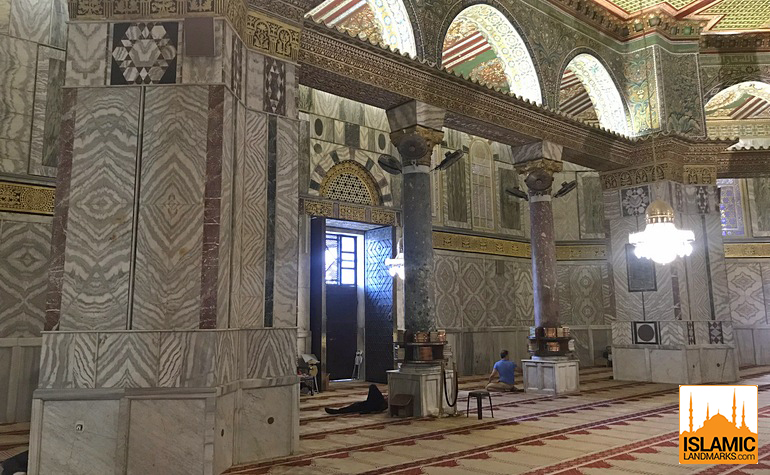

- Ayatul Kursi [2:255], meaning the ‘Verse of the Throne’ is written in the interior of the dome. The whole ceiling structure is held up by the eight supporting pillars shown above.


- There are four large supporting pillars around the neck of the dome, representing the four seasons in the year.


- There are 12 columns around the neck of the dome, representing the 12 months in the year.


- There are 52 windows around the building, representing the 52 weeks in the year.
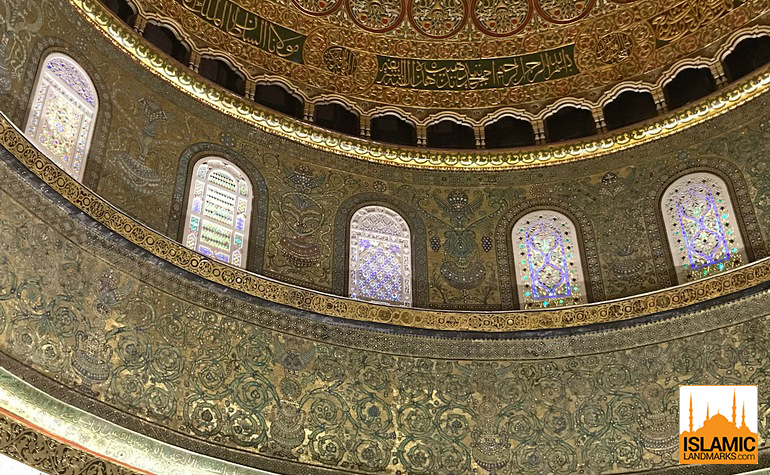

- There are seven mehrabs (prayer niches) situated together close to the northern entrance, representing the seven days of the week.


- Five columns can be seen from any entrance, representing the five salahs prayed in the day. Two are closer to the entrances which makes them lighter than the other three at the back. This reflects the times when salah is prayed; Zohar and Asar are prayed during light hours, Fajr, Maghrib and Isha are prayed during darkness.


- Also situated inside the Dome of the Rock are three mehrabs together. They represent the three holiest places in Islam, the Ka’bah, Masjid-e-Nabwi and Masjid al-Aqsa.


- Video of the interior:
References: A history of Jerusalem – Karen Armstrong





